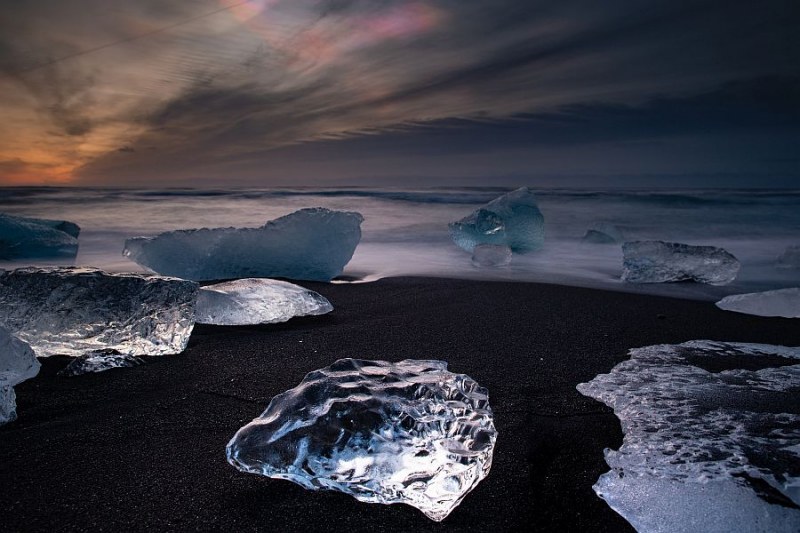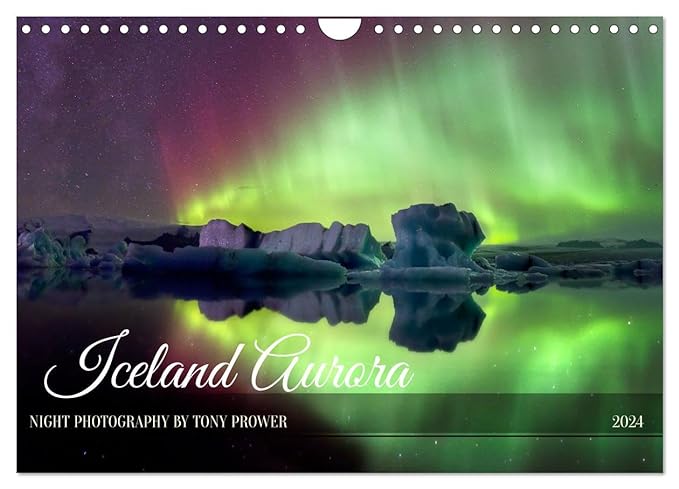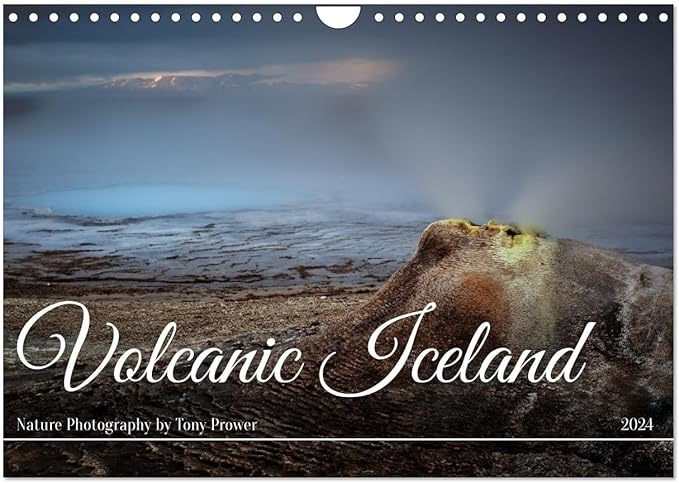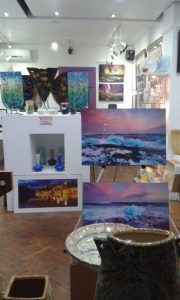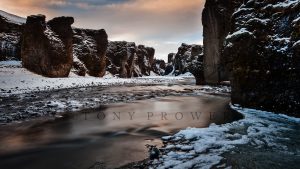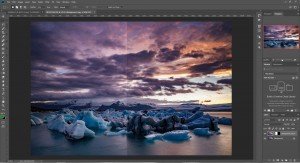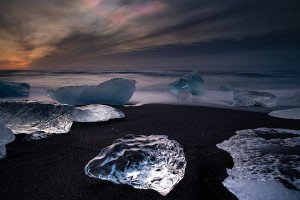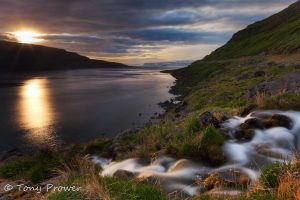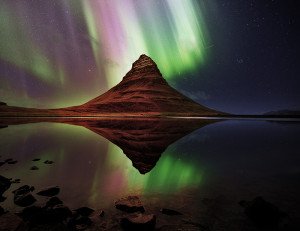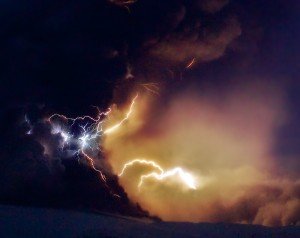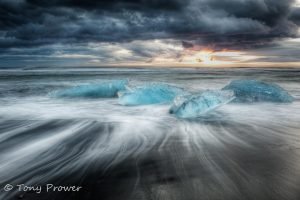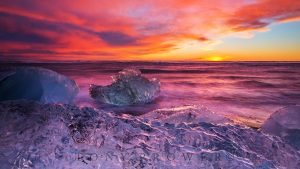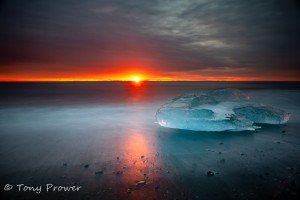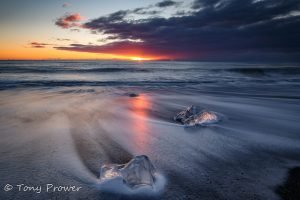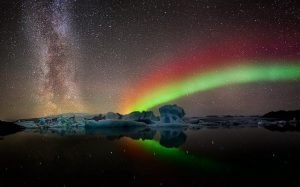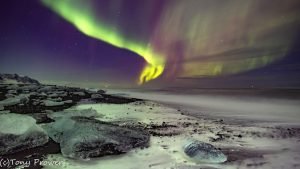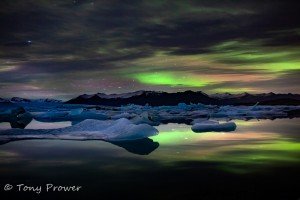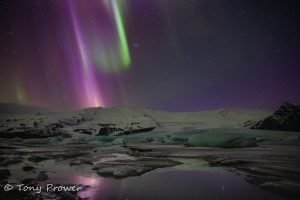Canon 5D mark III
This article discusses my opinions on the new Canon 5D mark III. After upgrading from the Canon 5D mark II, I will discuss my feelings, good and bad. I will compare the 2 cameras and look at ways new technologies are changing the way we make images.
First impressions are the tactile changes. The grip feels like the rubber coat has a bit more bounce, a bit more rubber. I desperately fiddle to get the battery in the charger. The same battery as I had for the 5D2, which is nice! Generally the build is good and the weather proofing seems much more generous than on the 5D2.
2 card slots
I notice 2 card slots! One for SD, and one for Cf. This is a very convenient feature as I am soon to learn that I can set the file system to save my RAW files to the SD card and write small Jpegs to the compact flash. If I set this up correctly, I can shoot all day and then simply pop the cf into my laptop for a speedy slide show. Alternatively, I can just have the cf as a reserve tank, just for those annoying moments when you have to change cards mid flow.
Camera Layout
Luckily the layout is very familiar. There are a few extra buttons which unlock several new features, but everything else feels and functions in a similar way. There are a lot of buttons and new features relating to the improved auto focus mechanism, but I always focus manually, so this is irrelevant. The aperture simulation button gives a preview of the current scene’s DOF, this works well and is a nice feature.
As soon as my batteries charged, I switched it on and went through the instruction manual. Although this taught me nothing new, I worked out how to set mirror lock up very quickly, iso50, not so quickly and high iso noise reduction. I also found a feature promising to remove chromatic aberration – so I turned it on.
Northern Lights
After vaguely familiarising myself with the DSLR controls, I was bombarded with Aurora activity warnings. Normally, I ignore these if I am in Reykjavik, but with my new toy? I took my girlfriend out for her first Aurora shoot and the 5D3s first photo shoot.
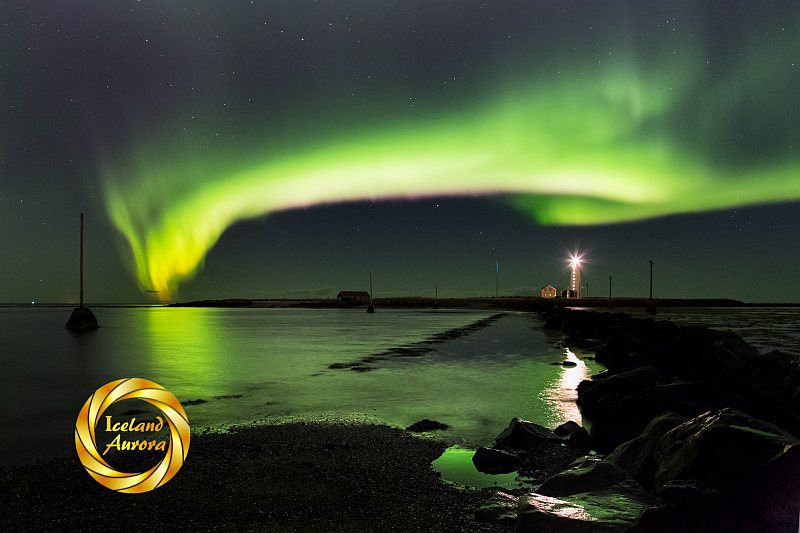
Exif data
Camera Canon EOS 5D Mark III
Exposure 30
Aperture f/4.0
Focal Length 24 mm
ISO Speed 3200
Digital level
The Canon 5D3 camera performed flawlessly through the night, the viewfinder being quite generous was excellent for night composition. The new feature of a digital level was incredibly useful, but it would have been nice not to have to scroll through 2 other menu items to get to it. It is also possible to have a smaller digital level on the live view screen. I never tested the live view during the night with my Canon 5D mark II. It would have been a pointless use of battery juice.
Magnification Button
Viewing my images was weird because Canon have changed the way you magnify the view. A completely different button location combined with the finger scroll wheel allows you to zoom to 100%. The magnification button also controls magnification on the live view. There is a way to assign different buttons to different functions, but this was quite limited. Aside from all this, my new night exposures were looking good, even at iso3200!! I was snapping a regular Aurora in 4-6 seconds, giving me enough time to magic cloth the foreground on a manual 30 sec setting.
Lightroom 4
More trouble when I got home! I found that LR3 wouldn’trecognise my 5D3 files. I googled “LR3 and 5D3” and soon learned that I would have to upgrade my version of Lightroom – LR4… which is not really a bad thing as I have speed issues with LR3 anyway.
Fairly pleased with my images at the RAW stage. The files are loaded with potential. One clear difference is the dynamic range. I had a shot from Kirkjufell Mountain which had a white sky although the data was within the histogram boundaries. I was able to bring back a sky full of colours and contrast, certainly very usable.
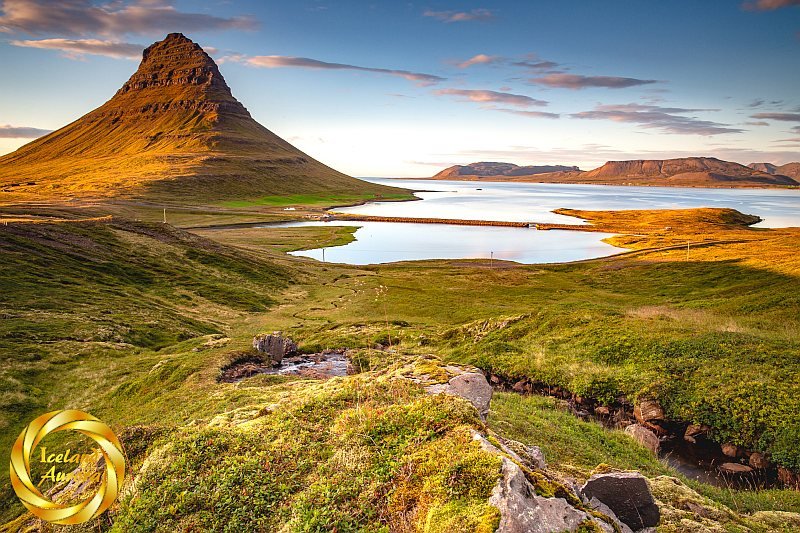
Sharpness
My Canon 24mm f/1.4 has started behaving how it is supposed to. I am getting the sort of sharpness I would expect from a prime lens. Moreover, the DOF seems to be greater at the Landscape apertures. This all points to excellent calibration and is not so much a positive with the 5D3, but more of a criticism of the poor calibration on my 5D2. I should expect my canon prime ‘L’ lens to be sharp… and now it is. The onboard camera setting to reduce Chromatic Aberration could have a lot to do with this.
Night photography
The reason I made the Canon Camera upgrade was because of the night photography potential. Having seen some night shots on flickr via both the Canon 5D3 and Nikon D800, I was considering both. The reason for such impressive night and low-light results is due to the extremely good high iso performance.
A well exposed aurora photograph at iso3200 requires just a fine tweak of noise reduction to pass 100% pixel scrutiny. Images at iso3200 are usable. This opens a new world for the night photographer. The most obvious benefit is to Milkyway photographs. A 20 second exposure at f/2.8 and iso3200 renders distant stars as distinct from noise. An immense amount of star data can be gathered without any concerns of star movement. Combined with my new sharp lens, I am happy. Another considerable benefit is that it is no longer ridiculous to consider a smaller aperture for night photography. You could consider a f/6.3 aperture for an aurora image, the night photographer could still expose the sky within 30 seconds and Magic cloth the foreground and achieve an actual DOF.
Great dynamic range
In a few weeks I have achieved shots which I would never have achieved with the 5D2 in terms of image quality and sharpness. The dynamic range and high iso quality gives us much more control over our images. This can go both ways; we can go overboard on the dynamic range and loose our image to photoshop, or we can harness the power to push our photography to new limits. One thing is clear, due to the power of this machine for creating photographic images, there is a bigger margin for error in terms of exposure. A well exposed image will give a better result, but a poorly exposed image will get fairly close. So, on a negative, this camera is too good!
Back in love
I think the biggest testament to this camera is that I have fallen back in love with my Canon EF 24mm f/1.4 mark II.
When I initially upgraded to the 5D3, I was considering the Nikon D800 because it was being rumoured to be the best DSLR on the Market. This may still be true, but there is one feature not on the Nikon which I find extremely useful on the Canon… Exposure Simulation.
Magic Cloth technique
One of my customers had a D800 and was learning the Magic Cloth technique. He was using a 6-stop ND as I recommended. He couldn’t see the scene on the Nikon live view. I told him that he needs to turn on the Exposure Simulation and directed him to the ‘Menu’. After a lot of frustrating searching, we found that the feature doesn’t exist on the Nikon D800. Although this is a feature on all Canon live views, the leading Nikon had not thought to include it.
Here is an interesting blog discussion:
Anyone who has a Nikon and wants to compose with a ND, I would suggest investing in a Vary-ND so that you can alter the intensity of the ND. Or buy a Canon.
Live View
The Canon 5D3 live view is a stunning tool. The other night I was shooting the Milkyway on a moonless night. I was focusing in my usual way by setting the lens at infinity with slight adjustments in a ‘Trial and Error’ learning style. I was getting decent results at f/2.8 like most camera systems would at that aperture. But I was wondering about opening the aperture further to f/2.2 (this is about as far as I would want to push the Canon EF 24mm f/1.4 mark II), but the extremely shallow DOF means that there was little room for error. I tried f/2.2 with my previously mentioned ‘Trial and Error’ learning style and the results were clear that the stars could be sharper.
I had heard about the new live view and about it’s low light ability, but tiny stars on a moonless night was a serious test. I switched to live view and zoomed in twice and sure enough there was a tiny star on my rear screen. Light touches on my focus ring sent the star into varying degrees on blur and sharpness. The results were perfect! What a tool!
